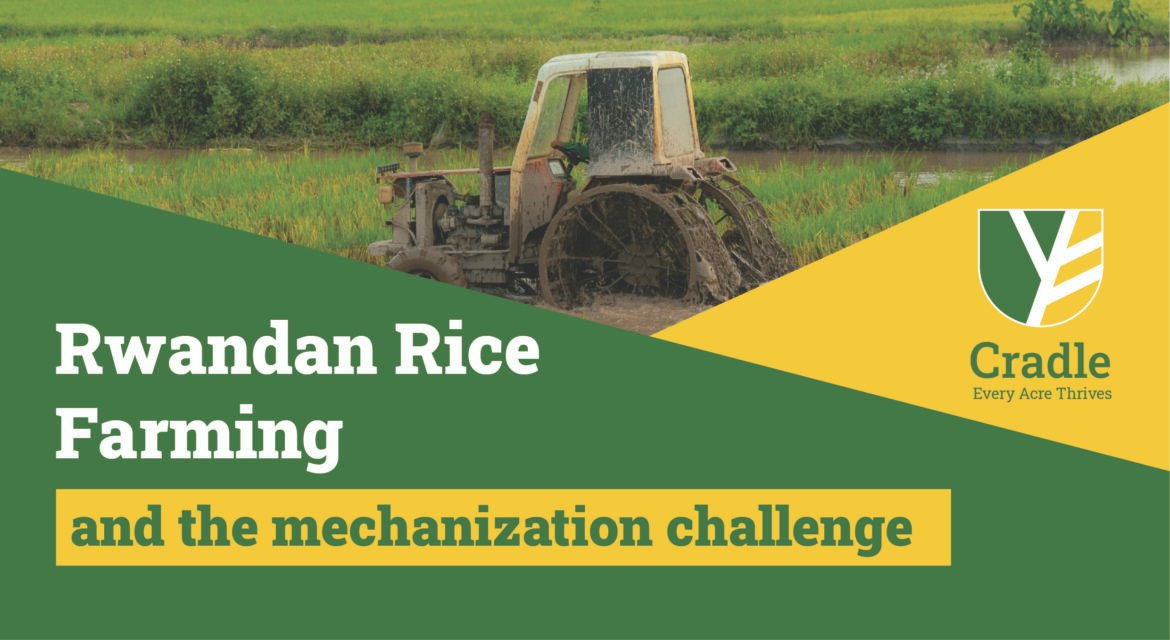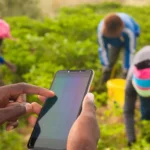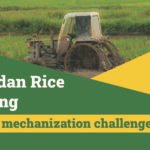Why manual labor still dominates—and what must change
Rice farming in Rwanda is at a crossroads. While the country has made impressive strides in expanding rice production over the past few decades, a key barrier continues to limit progress: the low rate of mechanization. Across much of Rwanda’s rice-producing regions, farming remains heavily reliant on manual labor. Tasks like land preparation, transplanting, and harvesting are done by hand—especially in small-scale settings. The result? High labor costs, low efficiency, and missed opportunities to scale.
⚠️ Manual Labor Still Dominates
Despite modern advancements, nearly 75% of Rwanda’s agricultural sector still operates manually. In rice farming specifically, smallholder farmers face labor-intensive processes that require significant time and effort—especially during peak planting and harvesting seasons. This heavy reliance on manual work drives up production costs, often leaving farmers with thin profit margins or even losses when prices drop.
📉 The Cost of Low Mechanization
Let’s break down what this means in real terms:
- 💰 Increased Labor Costs: Manual farming demands more workers, especially for repetitive tasks like transplanting. Labor shortages during critical periods can drive wages up.
- ⏳ Reduced Productivity: Hand-based processes are slower and less efficient, leading to lower yields per hectare compared to mechanized systems.
- 🚫 Limited Access to Machinery: Most small-scale farmers lack access to affordable, reliable equipment. And even where machines are available, high upfront costs and maintenance needs can be prohibitive.
📊 Mechanization in Rwanda: The Current Picture
According to national estimates:
- Mechanization coverage is below 25%.
- Small-scale farmers—who make up the majority—have the least access to equipment.
- Manual transplanting and harvesting remain widespread in rice-growing areas.
This gap in mechanization is not just a technical issue. It has economic, social, and developmental consequences. Farmers lose time. They lose income. And Rwanda loses the chance to boost domestic rice production at scale.
🛠️ What Needs to Change
To move the needle, Rwanda must address the two biggest barriers:
- Access to Technology: Agricultural machinery must be made more available, especially to smallholders. That means investing in locally appropriate solutions—machines that are affordable, durable, and serviceable.
- Financing Mechanisms: Mechanization-as-a-service models, cooperatives, and government-backed financing schemes could help farmers overcome cost hurdles and adopt modern tools without massive upfront investment.
🌱 Why It Matters
Mechanization is more than a tool—it’s a multiplier. It boosts productivity, reduces labor strain, and creates new opportunities for youth employment and agri-entrepreneurship. In a country where land is limited and labor costs are rising, investing in mechanization is not optional. It’s essential.
📝 Cradle, 2024




